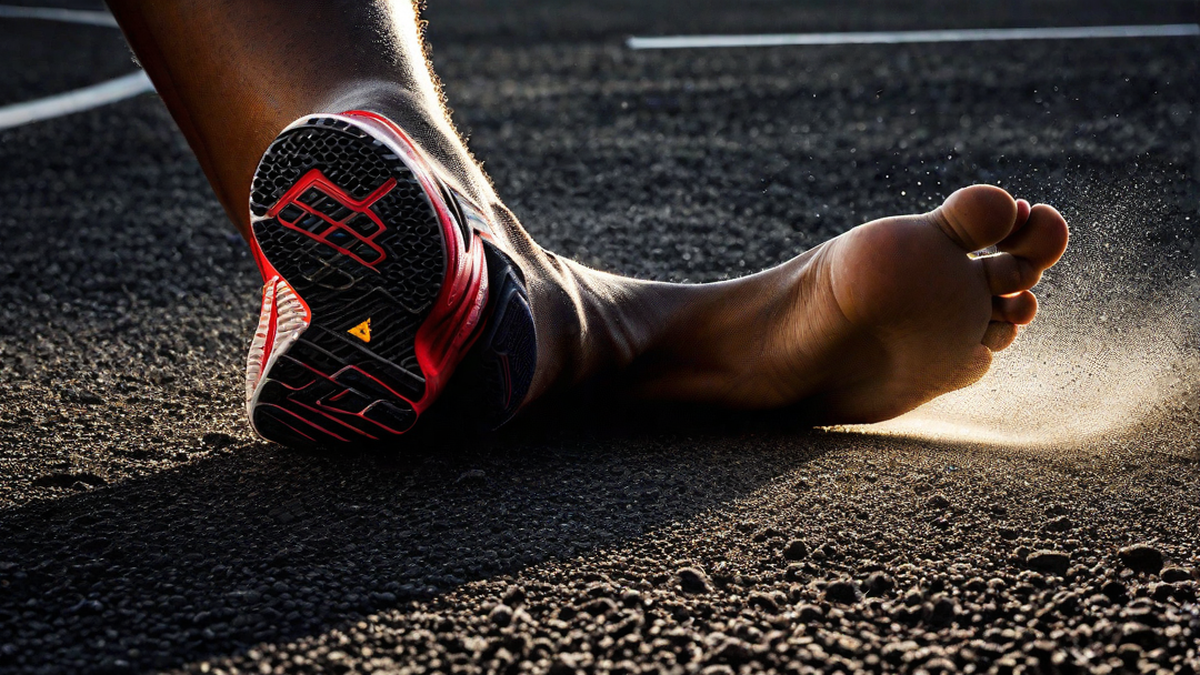When it comes to running long distances, proper form and technique are essential to prevent injury and maximize efficiency. One crucial aspect of running form is how your foot lands with each stride. In this article, I will delve deep into the topic of foot landing and share my personal insights and experiences.
As a long-distance runner myself, I have learned the importance of finding the right foot landing technique. The way your foot strikes the ground can greatly impact your overall performance and reduce the risk of common running injuries such as shin splints or knee pain.
The Three Main Foot Landing Styles
There are three main foot landing styles: heel strike, midfoot strike, and forefoot strike. Let’s take a closer look at each one and discuss their pros and cons.
1. Heel Strike
The heel strike is the most common foot landing technique among runners, especially beginners or those who are not mindful of their form. In this style, the heel makes initial contact with the ground, and the rest of the foot follows through.
While heel striking may feel natural, it can lead to greater impact forces on the joints and potentially increase the risk of injuries like shin splints. The abrupt contact between the heel and the ground can also cause a braking effect, slowing down your pace and wasting energy.
2. Midfoot Strike
The midfoot strike, as the name suggests, involves landing on the middle part of your foot with each stride. This style allows for a more even distribution of impact forces, reducing the strain on the joints.
Many experienced long-distance runners prefer the midfoot strike because it promotes a smooth and efficient transition from landing to push-off. By utilizing the natural shock-absorbing properties of the arch, midfoot strikers can maintain a steady pace and conserve energy throughout their runs.
3. Forefoot Strike
The forefoot strike, also known as toe-striking, involves landing on the balls of your feet first, followed by a gentle roll onto the rest of the foot. This technique is commonly observed in sprinters but can be utilized by long-distance runners as well.
Forefoot striking is known for its excellent shock absorption properties and increased energy return, making it a popular choice for runners aiming for speed and efficiency. However, it requires strong calf muscles and proper form to avoid overstraining the foot and lower leg.
Finding Your Ideal Foot Landing Technique
Now that we’ve explored the different foot landing styles, you might be wondering which one is right for you. The truth is, there is no one-size-fits-all answer. The ideal foot landing technique varies from person to person and depends on factors such as running experience, foot structure, and personal preference.
It is essential to listen to your body and experiment with different styles to find what feels most comfortable and natural for you. Some runners naturally gravitate towards a particular foot landing technique, while others may benefit from working with a running coach or undergoing a gait analysis to determine the best approach.
Regardless of the foot landing style you choose, there are a few general tips to keep in mind:
- Focus on maintaining an upright posture and engaging your core muscles.
- Aim for a moderately short stride length to reduce the risk of overstriding.
- Allow your foot to land softly and roll naturally from heel to toe.
- Avoid excessive bouncing or pounding, as this can increase the strain on your joints.
Conclusion
When it comes to long-distance running, the way your foot lands with each stride plays a significant role in your overall performance and injury prevention. While there is no one “perfect” foot landing technique, understanding the different styles and experimenting with what works best for you is crucial.
Remember to always prioritize comfort, efficiency, and injury prevention when developing your running form. Whether you choose a heel strike, midfoot strike, or forefoot strike, consistent practice and proper technique will help you become a stronger and more efficient long-distance runner.

